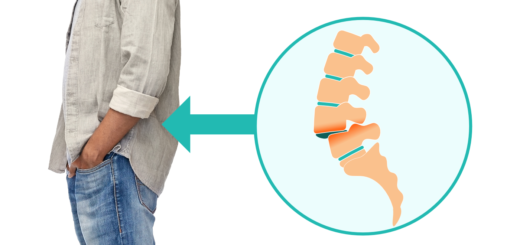How to capture your students’ attention (Part 1)
1I heard that Sri Krishnamacharya liked to say that when you are doing asana the quality of your attention should be similar to when you try to take a loose eyelash out of your eye. Establishing and maintaining this type of attention is not easy for many students.
So today we will begin discussing eight tricks that we can use to maintain students’ attention throughout the practice.
Trick #1.
The most common way to keep students’ attention is to provide very detailed instruction of how to position the body in each pose. This is useful on many levels – to keep students’ attention focused, to make the pose more effective and to minimize the risk of injury. However, I’ve been to classes where this type of instruction was delivered in a rapid battery of words that made me want to duck for cover. There are a few things that we need to keep in mind when we give very detailed instructions:
- Step away from the script. We all know that if you hear the same thing too many times, you begin to tune it out. Pose instructions are no different. If your students had heard you repeat the instructions exactly the same way a bazillion times, they will stop listening and will start thinking about their dinner or whatever.
- Use “building blocks” instructions. It makes sense to introduce the instructions one a time, stacking them like building blocks. You begin with foundational points that are essential to students’ safety in the pose, then add another point (make sure they get it), then add another element, and so on. This is particularly important with beginning students who otherwise will feel lost in the sea of details and become overwhelmed and potentially frustrated.
- Keep an eye on the prize. When we spend too much time thinking about every little detail, we might miss out on the complete experience of the body in the pose. So every specific instruction needs to link back to the essence of the pose, what it is meant to accomplish in the body.
This brings me to the next point that is super important. We know that we want the students to get something specific out of each pose. This is exactly how it should be. However, we CANNOT possibly control the students’ experience in the pose. For example, let’s take a look at 3 different ways to cue somebody in the pose:
- Feel the stretch in the hip flexors
- Where do you feel the stretch?
- We are looking for a stretch in your hip flexors, let me know if you cannot find it and I will help you.
In #1 it sounds as if we are trying to control students’ experience and tell them what to feel – not a good idea. It can also make them anxious if they cannot feel what we tell them to. #2 encourages their own exploration, makes them pay attention to what’s happening in the body and decide what the pose is supposed to do for them. #3 focuses their attention on the area that we are mostly interested in affecting and gives them a chance to ask for help if they cannot find the stretch on their own. #2 and #3 usually work best together – first you give your students a chance to explore on their own and then zoom in on whatever it is you are after.
Bringing students’ attention to different parts of the body throughout the practice is one of the most reliable ways to keep the students present. They need to become invested in what they are doing and get a feeling that every movement they do and how they do it matters. This idea of anchoring one’s attention in the body is fundamental to yoga tradition, because it views the body as a gateway to spirituality (in contrast to other traditions that might view it as a hindrance). And in our day and age so many students live entirely in their heads, so to speak, and only notice the body when it begins to malfunction. So teaching them to notice, honor and facilitate change in their physical bodies is empowering and will translate into their lives off the mat.
On top of that, physical sensations are easier to identify for most people than, let’s say, energy flow – you either feel the muscle working or you don’t. And since in yoga we always move from gross to subtle, your students, too, will gradually become able to experience and identify more and more subtle sensations, which will make them more attuned to their bodies and their environment. And isn’t that what we ultimately want in the world? More people who are aware?
Read Part 2 of the post where we cover the other seven tricks that can help you anchor students’ attention.





















Really good insights and recommendations! I’have been at a loss as to what to say to students regarding what they feel in a posture. VFP emphasizes not telling the students what they are supposed to feel. I guess I missed the part about what we should say! Thanks.